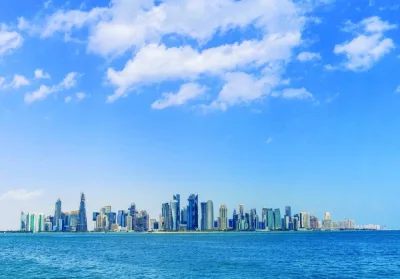According to an IMF report of July 2016, China’s growth outlook is at 6.6% in 2016 and 6.2% in 2017 respectively. In China, the near-term outlook has improved due to recent policy support. The direct impact of the UK referendum will likely be limited. However, should growth in the European Union be affected significantly, the adverse effect on China could be material.
China’s economy grew 6.7% in the second quarter, unchanged from the previous three-month period, as a buoyant property market and government stimulus boosted demand for factory output.
The consumer price index (CPI) rose 1.9% in June from a year earlier, as against official target of 3%.
The Brazilian economy shrank 0.3% on the quarter in the first three months of 2016. Consumer and business confidence appears to have bottomed out in Brazil, and the GDP contraction in the first quarter was milder than anticipated. Consequently, the 2016 recession is now projected to be slightly less severe with a contraction of 3.3%, with a return to positive growth in 2017 of 0.5%. Brazil wholesale inflation surged 1.69% in June 2016.
Higher oil prices are providing some relief to the Russian economy, where the decline in GDP in 2016 is now projected to be milder at (-) 1.2% and in 2017 at 1%, but prospects of a strong recovery are subdued, given longstanding structural bottlenecks.
Russia Gross domestic product fell 1.2% from a year earlier in first quarter of 2016. Russia’s inflation is 7.5% y-o-y in June 2016.
In India, economic activity remains buoyant, but the growth forecast for 2016-17 is expected to be 7.4% for both the years, reflecting a more sluggish investment recovery.
The Indian economy expanded at 7.9% y-o-y in the first three months of 2016. India consumer price is at 5.77% in June 2016, surging mainly due to food prices.
In South Africa, GDP is projected to remain flat in 2016 at 0.1%, with only a modest recovery next year of 1%. South Africa economy contracted 1.2% in the first quarter as the mining, manufacturing and agricultural sectors retreated sharply.
The Chinese yuan was at 6.63550 against the US dollar by the end of last week and has weakened by more than 2% YTD on concerns of slowdown in Chinese economy.
Indian rupee was at 66.995 against the US dollar by end of last week and has weakened by more than 1% YTD. However, in recent weeks, rupee has strengthened on hopes of passage of GST and improvement in monsoon.
The Russian rouble was at 65.994 against the US dollar by the end of last week and has strengthened by close to 10% YTD.
The revival in oil prices had contributed to recovery in rouble; however, in recent times, the pressure on oil prices has impacted the currency.
The Brazil real was at 3.25 against the US dollar by end of last week and has strengthened by close to 18% YTD. The Brazil real strengthened as commodity prices recovered a bit and concerns of government fiscal deficit eased.
The South Africa rand was 13.87 against the US dollar by end of last week and strengthened by more than 10% YTD on account of drop in current account deficit in South Africa.
The Indian bond market had witnessed issues worth close to $35bn this year as against more than $32bn in the first half of the previous year.
The Chinese bond market had witnessed issues worth more than $788bn this year as against more than $544bn in the first half of the previous year.
The Russia bond market had witnessed issues worth more than $19bn this year as against more than $16bn in the first half of the previous year.
The Brazil bond market had witnessed issues worth close to $7bn this year as against more than $10bn in the first half of the previous year.
The South Africa bond market had witnessed issues worth more than $5bn this year as against close to $5bn in first half of previous year.
The Russian stock market had surged by more than 18% YTD on recovery in oil prices.
China stock market down by more than 15% YTD on concerns of Chinese slowdown.
Brazil stock market up by more than 32% YTD as concerns of economy ease.
India stock market up by close to 9% YTD on hopes of passage of GST and revival in monsoon.
South Africa stock market up by more than 4% YTD.
The delay in fed rate hike has also resulted in flow of funds to emerging economies’ stock markets.
The emerging economies may have witnessed inflows after Brexit and due to possible delay in rate hike by Fed; however, we need to see how these developments shape up as emerging economies growth still remains subdued.
Dr R Seetharaman is Group CEO of Doha Bank.

Dr R Seetharaman


